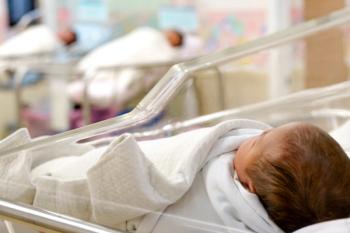
Phone Calls to Marginalized Patients Increase Likelihood of COVID-19 Vaccine
Issuing phone calls to marginalized patients increases COVID-19 vaccination likelihood.
Use of analytics and the electronic health record (EHR) helps provide COVID-19 vaccine outreach to marginalized populations.
The findings demonstrated potential benefits of an analytics-based strategy to reach marginalized patients at high risk for exclusion from electronic outreach.
Jacob Stein, M.D., M.P.H., and a team of investigators from University of North Carolina at Chapel Hill used analytics to identify and contact patients who could benefit from targeted nonelectronic communication about the COVID-19 vaccine. The team used the EHR to find patients who received cancer therapy during the past year with follow-up scheduled, without an active patient portal account, no valid email on file, or who lived in a county with a more than 20% poverty rate across several census points.
Four nurses made scripted, informational telephone calls to each patient to give them education about the eligibility, safety, and logistics of the vaccination. The goal was to aid patients in making informed decisions about the vaccination, address identified barriers to the vaccination, and respond to patients’ questions or concerns.
Overall, 536 potentially marginalized UNC patients eligible for the COVID-19 vaccine were identified. Among the patients, 61% were non-Hispanic White and 32% were Black, while 14% were from counties with persistent poverty. Almost all patients were called and 67% were successfully reached and 9% receiving voicemails. Three-quarters of the Black patients were reached and 93% of patients from counties with high levels of poverty were contacted.
The mean duration of phone calls was slightly more than four minutes. Since the second day of April, 26% of contacted patients were confirmed to have received vaccination via EHR review or self-report. Another 4% scheduled a vaccination appointment at UNC.
The team’s targeted outreach helped identify and connect patients who do not regularly use electronic communication and whose community networks could have been disrupted by the isolation of the COVID-19 pandemic. Based on qualitative feedback from patients, the calls aided them in their decision to receive the vaccination. The calls also helped identify patients with unmet clinical or social needs.
“While not the intended goal of this project, and thus not consistently tracked, mitigating barriers became an integral part of this effort and may have yielded positive patient experiences and increased the ability for patients to become vaccinated,” the investigators concluded.
The research letter, “




